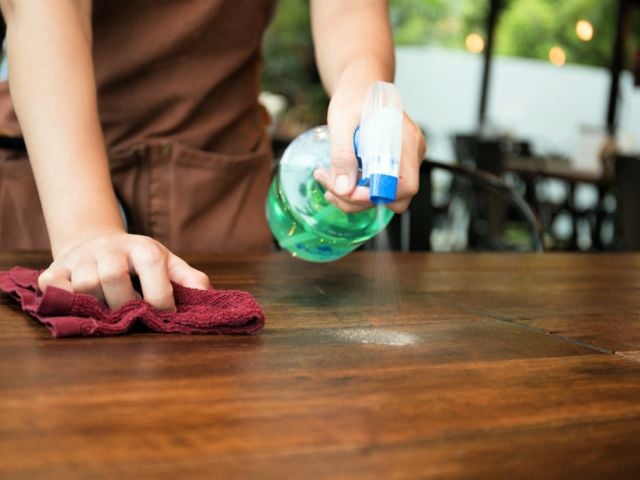
It’s summer break on college campuses, which means students across America are packing up their bathing suits and cleaning out their bank accounts for sun, sand and partying. But before they leave campus, some students visit indoor tanning beds to make sure they’re sporting beach-ready tans.
Indoor tanning has become so popular that a study led by Sherry Pagoto of the University of Massachusetts Medical School University of Massachusetts-Amherst found that nearly half of the nation’s top colleges offer indoor tanning facilities either on campus or in off-campus housing units. For example, Syracuse University’s off-campus housing offers free unlimited access to indoor tanning beds. At other schools, such as the University of Kentucky, students can use their campus cash cards, normally used for food and laundry, to pay for tanning services at off-campus salons.
But indoor tanning carries dangerous and potentially deadly costs.
According to the Centers for Disease Control and Prevention, high exposure to UV rays can cause skin cancers such as melanoma, basal cell carcinoma and squamous cell carcinoma. An analysis of 20 studies found that indoor tanning before the age of 30 increased the risk of melanoma by 74 percent. This finding was referenced by the World Health Organization, which added indoor tanning to a list of things that cause cancer, including cigarettes, hepatitis, X-rays and air pollution.
For some students, indoor tanning is about more than just reaching for American culture’s misguided standards of beauty. It’s a way to relax, meditate or to cope with seasonal depression.
As a college student – I’m a junior at the University of Portland – I’ve observed that my peers tend to look for quick solutions to short-term problems. They underestimate the long-term dangers of indoor tanning, or don’t know that the latency period between exposure and development of cancer can be decades.
I see how it’s all too easy to make unhealthy decisions or develop bad habits as a young person on my own for the first time. Colleges and universities shouldn’t be enablers of unhealthy choices, but provide their students with the facilities and education needed to become healthy, capable adults.
Schools should educate their students on the importance of self-care, or provide free access to the best and most protective sunscreens, such as those found in EWG’s 2017 Guide to Sunscreens. It should go without saying that schools shouldn’t offer free on-campus tanning salons or let students use their cash cards at off-campus salons. And if they do keep these services available, they should at the very least offer information on the risks of tanning and proper UV protection.
So here’s my advice to my college peers: If you’re heading to the beach, wear sunscreen – lots of it, more than you think you need – cover up and limit your time in the sun. While a summer vacation to Mexico may cost you a small fortune, the deadly consequences of indoor tanning could cost you much more.
If you want to join the campaign to stop tanning at colleges, send a letter to a college or university voicing your concern.



